The importance of having a Class A fire rated roof system
November 11, 2025 at 6:00 p.m.By Eagle Roofing Products.
A concrete tile roof is more than aesthetics; it’s the smartest choice for protection against fire risks.
Editor’s Note: This article is for homeowners who want to understand how the right roof, specifically a Class A fire-rated system, can help shield their property from fire threats.
When fires affect communities, most homeowners don’t think twice about what’s overhead until it’s too late. A Class A fire rated tile roof system, like those offered by Eagle Roofing Products, isn’t just a building material upgrade; it’s a critical safeguard engineered to stand up to nature’s worst. With wildfires growing more intense and unpredictable, understanding what that rating means and what it doesn’t is no longer optional.
 The Class A fire rating is the highest classification for fire resistance and includes rigorous testing by an independent laboratory to evaluate a roofing system’s ability to withstand extreme fire conditions. These tests cover three key areas: the spread of flame, which measures how quickly fire travels across the surface; intermittent flame exposure, which simulates repeated bursts of fire over time to assess resilience; and the burning brand test, where a flaming piece of wood or ember is placed on the roofing material to observe how well it resists ignition and burn-through. Together, these tests ensure that Class A rated systems offer superior protection against fire hazards.
The Class A fire rating is the highest classification for fire resistance and includes rigorous testing by an independent laboratory to evaluate a roofing system’s ability to withstand extreme fire conditions. These tests cover three key areas: the spread of flame, which measures how quickly fire travels across the surface; intermittent flame exposure, which simulates repeated bursts of fire over time to assess resilience; and the burning brand test, where a flaming piece of wood or ember is placed on the roofing material to observe how well it resists ignition and burn-through. Together, these tests ensure that Class A rated systems offer superior protection against fire hazards.
Investigations have shown that many fires start when embers ignite non-fire-resistant roofs. Because concrete and clay tile roofs offer a non-combustible Class A fire rating, they can play an important role in protecting your home from fire. Furthermore, Class A rated tile roof systems are usually eligible for the lowest fire insurance rates.
Roof tiles last a long time, and they do not rot, curl, rust or burn, especially tiles made of cement mixtures. In fact, the longer tiles are exposed, the more durable they become. Additionally, an enhanced system with a Class A fire resistant underlayment such as Valor Thermal by Sol-R-Skin provides an extra layer of fortitude to the roof system.
Taking precautionary measures, such as having a Class A roof system installed on your property, can help minimize the damage that can occur from unforeseen disasters.*
(Source: Tile Roofing Industry Alliance)
*Tile roofs do not fireproof structures or prevent all damage to a structure during wildfire and should not be utilized as such.
Original article and photo source: Eagle Roofing Products
Learn more about Eagle Roofing Products in their Coffee Shop Directory or visit www.eagleroofing.com.
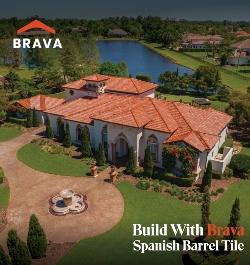












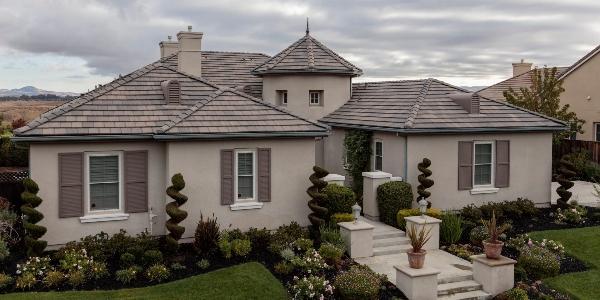
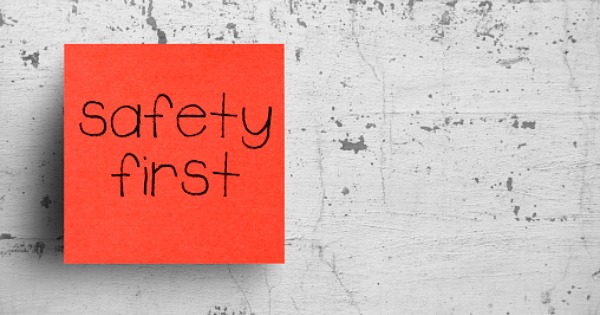
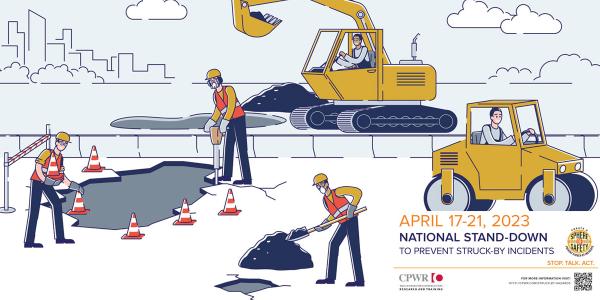
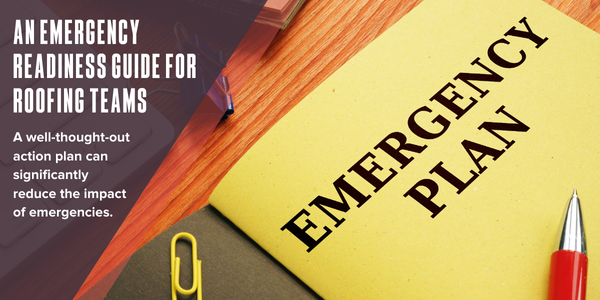



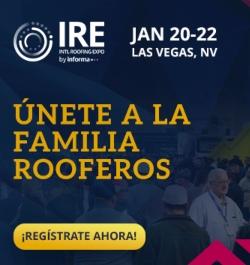


Comments
Leave a Reply
Have an account? Login to leave a comment!
Sign In